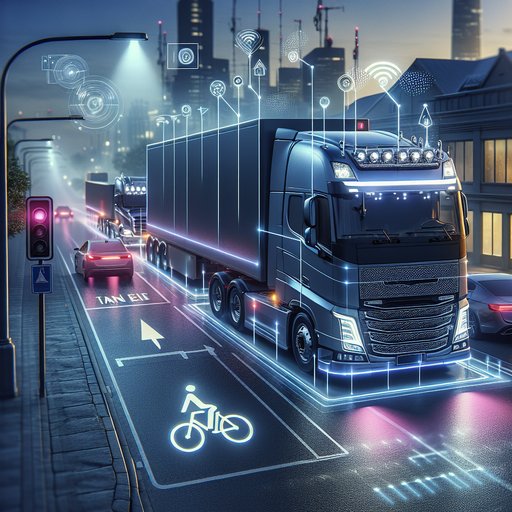
Across 2024 and 2025 model years, pickups are quietly getting better at hard work thanks to sensors, software, and hardware that squeeze more usable capacity from familiar frames. Automakers are pairing stronger chassis and suspensions with digital tools that measure weight, guide hitching, and stabilize heavy trailers. Hybrid assists and new turbo engines add low‑rpm torque while tow‑specific drive modes manage heat and gearing. The result is less guesswork, more confidence, and towing and hauling that feel closer to the brochure numbers in everyday use.
Load management has gone from eyeballing sag to reading sensors. Ford’s Onboard Scales and Smart Hitch estimate payload and tongue weight, showing real‑time guidance in the dash, app, and even via taillight LEDs to help owners stay within limits. GM, Ford, Ram, Toyota, and others store trailer profiles and extend blind‑spot coverage to the trailer’s length, reducing surprises when merging. Integrated trailer brake controllers and trailer tire‑pressure monitoring further tighten the link between truck and load, improving stability and stopping distances.
Hookup and visibility tech are turning solo towing into a one‑person job. Ford’s Pro Trailer Hitch Assist can automate backing to the ball, while Ram’s Trailer Reverse Steering Control and Toyota’s Straight Path Assist handle the steering inputs as the driver sets direction. Multi‑view camera suites—including GM’s Transparent Trailer view when equipped with a rear trailer camera—shrink blind spots and make lane changes and backing less stressful. Pre‑departure light tests and checklists built into vehicle and phone apps help catch issues before the first mile.
Under the bed, suspensions and frames are doing more heavy lifting. Auto‑leveling air springs on trucks like Ram 1500 and Toyota Tundra keep ride height and headlight aim consistent, improving braking and steering feel under load. Adaptive damping systems and stiffer, lighter structures—think high‑strength steel frames with aluminum or composite beds—reduce squat and porpoising, translating to a steadier trailer and higher real‑world control. The structural weight savings also free up a few extra pounds of rated payload without making the truck feel brittle.
Powertrains and software are sharpening the edges of capability. New turbocharged sixes, revised small diesels, and hybrid systems deliver earlier torque and smoother torque fill, while tow/haul modes hold gears, increase cooling, and add automatic grade braking on long descents. Electric pickups layer on instant torque, height‑adjustable air suspension, and trailer‑aware route planning that estimates range with a given load, plus battery preconditioning for faster charging on tow days. Across the board, trailer‑sway control, yaw sensing, and stability algorithms calibrated to each trailer profile help maintain composure when wind or traffic intrudes.
Together, these upgrades don’t just bump numbers on a spec sheet—they make towing and hauling easier to access for more drivers, more of the time.











